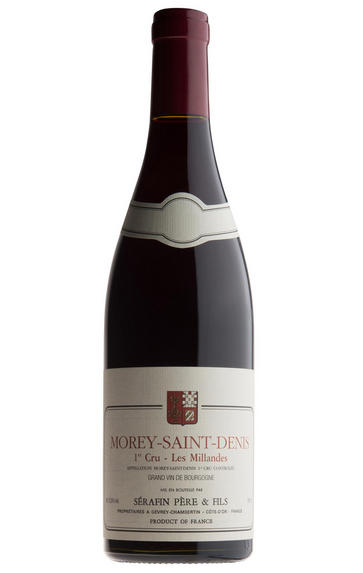
2016 Morey-St Denis, Les Millandes, 1er Cru, Domaine Sérafin Père & Fils, Burgundy
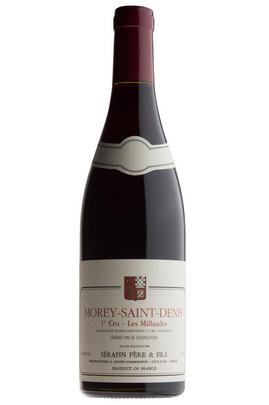
About this WINE
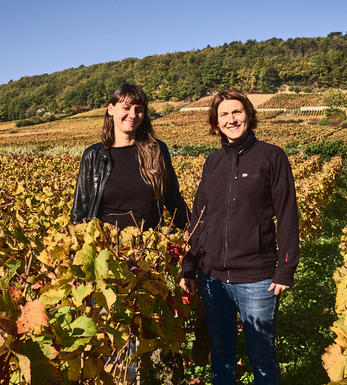
Domaine Christian Serafin
Domaine Sérafin is now in the hands of third-generation cousins Karin and Frédérique. They continue the family tradition of producing concentrated, powerful wines that age beautifully and express the best qualities of the domaine’s excellent vineyard holdings in Chambolle, Gevrey and Morey.
About the domaine
Domaine Sérafin was founded by Stanislaus Sérafin in 1947. His son Christian inherited the domaine in 1988, and has now passed it along to his daughter Karin and his niece Frédérique.
The house and cellars are located just below the premier cru vineyard Les Cazetiers and above the village of Gevrey-Chambertin. The estate consists of about five hectares of vines spread across three appellations, including Grand Cru, Premier Cru, village and regional parcels.
In the vineyard
Vines are remarkably old even by Burgundian standards, the oldest having been planted in 1946 and the youngest, some of the village and regional vines, in about 1985.
All their vines are given the same meticulous care, with strict pruning and de-budding, followed by a green harvest and de-leafing – though there has been less of this latter as temperatures have become warmer in recent years.
They aim to produce powerful wines, faithful to their terroir, that can age well – an objective which is achieved consistently, with wines that can reward the patient with supremely elegant and full-flavoured wines.
In the winery
The grand cru, premiers crus and vieilles vignes cuvées are all aged in 100% new oak. The team pay careful attention to the choice of cooper, matching the characteristics of the barrel to that of the fruit from each parcel. The result is concentrated wines which are tannic in youth but which in a good vintage can age gracefully for 10 years and more.
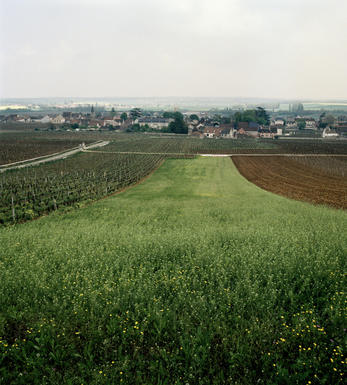
Morey-Saint-Denis
Morey is sometimes ignored between its two famous neighbours, Chambolle-Musigny and Gevrey-Chambertin, but its wines are of equal class, combining elegance and structure. Morey-St Denis, being that little bit less famous, can often provide excellent value.
The four main Grand Cru vineyards continue in a line from those of Gevrey-Chambertin, with Clos St Denis and Clos de la Roche the most widely available. Clos des Lambrays (almost) and Clos de Tart (entirely) are monopolies of the domains which bear the same names.
Domaine Dujac and Domaine Ponsot also make rare white wines in Morey-St Denis.
- 64 hectares of village Morey-St Denis
- 33 hectares of Premier Cru vineyards (20 in all). Best vineyards include Les Charmes, Les Millandes, Clos de la Bussière, Les Monts Luisants
- 40 hectares of Grand Cru vineyard. Clos de Tart, Clos des Lambrays, Clos de la Roche, Clos St Denis and a tiny part of Bonnes Mares
- Recommended Producers: Dujac, Ponsot, Clos de Tart, Domaine des Lambrays
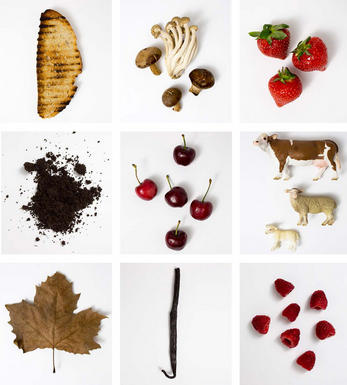
Pinot Noir
Pinot Noir is probably the most frustrating, and at times infuriating, wine grape in the world. However when it is successful, it can produce some of the most sublime wines known to man. This thin-skinned grape which grows in small, tight bunches performs well on well-drained, deepish limestone based subsoils as are found on Burgundy's Côte d'Or.
Pinot Noir is more susceptible than other varieties to over cropping - concentration and varietal character disappear rapidly if yields are excessive and yields as little as 25hl/ha are the norm for some climats of the Côte d`Or.
Because of the thinness of the skins, Pinot Noir wines are lighter in colour, body and tannins. However the best wines have grip, complexity and an intensity of fruit seldom found in wine from other grapes. Young Pinot Noir can smell almost sweet, redolent with freshly crushed raspberries, cherries and redcurrants. When mature, the best wines develop a sensuous, silky mouth feel with the fruit flavours deepening and gamey "sous-bois" nuances emerging.
The best examples are still found in Burgundy, although Pinot Noir`s key role in Champagne should not be forgotten. It is grown throughout the world with notable success in the Carneros and Russian River Valley districts of California, and the Martinborough and Central Otago regions of New Zealand.


Buying options
Add to wishlist
Description
This Premier Cru sits just underneath Clos de la Roche, and there is certainly more than a passing resemblance to its prestigious neighbour. The fruit is juicy and vibrant, but the quality of the tannins is what makes this wine stand out. Stony and vibrant, this has great, mineral precision. Drink 2024-2034.
Adam Bruntlett, Wine Buyer
This domaine was originally put on the map by Christian Sérafin’s father, Stanilaus Sérafin, a Polish émigré, who settled in Burgundy before the war. He initially worked as a mason, before purchasing some land in 1947 and establishing himself as a vigneron. His son Christian inherited the domaine in 1988, though he had been making the wine for the previous 20 years. Christian Sérafin is now past retirement age, but with a niece (Frédérique) in the vineyards and cuverie, and a daughter (Karine) in the office, continuity is in place. The style here is for powerful wines which age exceptionally well. Christian Sérafin’s niece Frédérique feels that 2016 is “une grande année de garde”, and could well surpass 2015. In fact, her confidence in the vintage is such that all the wines will be raised entirely in new oak barrels. The most badly-frosted vineyards were Bourgogne and Chambolle Baudes, which suffered 60 percent frost. Overall yields were down by around 50 percent but the cousins expect to release a larger proportion of the crop than usual en primeur in order to minimise the immediate impact of the losses. These are certainly wines which deserve long- term ageing.
wine at a glance
Delivery and quality guarantee